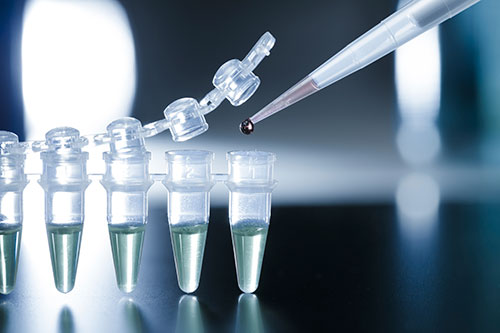
Platelet Rich Plasma Articles
January 4, 2016
Stay Active with Minimally Invasive Orthopaedics
April 5, 2016Platelet Rich Plasma Therapy – Regenerative Medicine Working For You

Here at Charlottesville Orthopaedic Center, we receive a lot of questions about regenerative therapies. If you are an avid sports fan, these therapies have probably appeared in articles you’ve read, or in commentary during sporting events, but what are they and what can they offer? For patients who have tried more traditional options to deal with injuries and chronic pain, regenerative medicine may offer a pathway towards healing and leading an active, pain-free life.
One of the most discussed therapies available is Platelet Rich Plasma Therapy, or “PRP” for short. This relatively new treatment has been in use since the 1990s for dental, oral, and plastic surgeries to aid in soft tissue repair, but doctors have shifted focus on bringing PRP into the regime of treatments available for sports injuries as well. Researchers are still studying the usefulness of PRP on different types of orthopaedic injuries, but because every injury is unique, treatments must be tailored to fit individual needs, with some patients responding better than others. (Click here to learn more about PRP medical studies).
How Does It Work?
Your blood is comprised of red blood cells, white blood cells, plasma, and platelets. Each component plays a role in your body’s health – red blood cells transport oxygen, white blood cells fight off infections, and plasma transports the other blood components throughout the body. Platelets play a very special role, as they contain proteins known as growth factors that help your body to heal injuries. The idea behind PRP is that plasma containing an increased concentration of platelets can help to heal an injury that isn’t responding to other treatments, especially if the injury is in a location that doesn’t have a high amount of blood flow to the area.
Patients who come in to our office for PRP can expect the treatment to take about 45 minutes. First, we take a small amount of blood, and place it in a centrifuge to separate the platelets from the other components in the blood, creating a special platelet-rich plasma. With the help of an ultrasound and local anesthetic, the platelet-rich plasma is then injected into the injury site. Initially, the pain will increase in the treatment area, and soreness can be expected for the next 2-5 days. Within 2-6 weeks, however, patients generally begin to see signs of improvement – it’s a gradual healing process being led by your body’s own resources. For some patients, it may take more than one round of treatment to see improvements.
Am I A Candidate for Platelet Rich Plasma Therapy?
There are a number of injuries that respond well to this treatment, including the following (for a full list, click here):
- Tendon & Ligament Injuries
- Rotator Cuff Injuries
- Tennis/Golf Elbow
- Arthritis
- Runner’s Knee
- Plantar Fasciitis
As mentioned previously, most patients opt for PRP after not finding success with traditional treatment options, and this treatment is not appropriate for some patients with pre-existing conditions. You and your doctor will work together to see if this option can get you back on the road to pain-free activity.
We are thrilled to be able to offer this groundbreaking therapy to our patients. Please check out our PRP FAQ page to find more information on Platelet Rich Plasma Therapy, and feel free to contact our office to schedule a consultation with one of our doctors to see if this treatment option is right for you!



